In digital marketing, crafting exceptional ads is crucial to attract potential customers and create a buzz around your brand. However, it is important to recognize that the journey doesn’t end there.
The true success of any advertising campaign hinges on the user experience provided by the landing page. A poorly designed landing page can be the Achilles’ heel of an otherwise excellent ad campaign. Users who click on an enticing ad expect a seamless transition to a visually appealing, intuitive, and relevant landing page. If the landing page fails to deliver on these fronts, it can lead to confusion, frustration, and an overall negative impression of the brand.
Consequently, conversions dwindle, bounce rates soar, and the campaign’s potential for success diminishes significantly. To ensure a winning marketing strategy, businesses must pay equal attention to their landing page design quality, as it is the pivotal bridge between captivating ads and converting customers.
This article encompasses all the techniques a professional writer and advertiser should apply to provoke the expected effect when visitors arrive at the landing page. So, let’s go straight to the PPC Landing Page Best Practices!
What Is a PPC Landing Page?
PPC landing pages are special pages within a website where users or visitors land upon clicking particular pay-per-click advertisements. Like all regular and dedicated landing pages, PPC landing pages aim to increase conversions or generate leads for further purchases. Sometimes, landing pages can also build brand awareness.
A dedicated PPC landing page prioritizes customers’ needs and aligns with their pain points to solve issues and offer unique experiences. Consequently, a professional PPC copywriter should create the best landing page experience for targeted users by including clear information about the product and facilitating the conversion process.
Furthermore, it is a good practice to have the PPC ad and the landing page designed by the same individual. This alignment harmonizes purposes, language, intents, and other crucial elements.
What Are the Best PPC Landing Page Best Practices?
We’ve selected seventeen landing page best practices which we will now discuss. It’s recommended you apply all of them to ensure the success of your PPC campaign.
- Use Keywords that Keep Your Landing Page Relevant
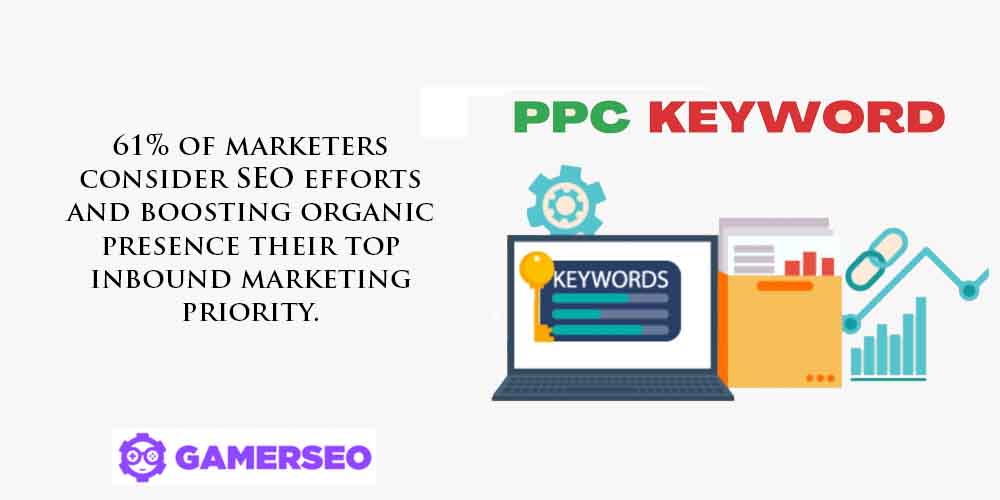
All your online content should be built based on relevant keywords for your niche and targeted audience, especially the ad and landing page that will be the cornerstone of your PPC strategy.
The keywords you utilize in your successful landing page should highlight the purpose of it. For example, if your purpose is promoting a video game, keywords like video game, gaming, free early access, free-limited trial, etcetera, should be included in your landing page content.
- Focus on Your Target Audience

Not all landing pages you create aim at the same target audience, so your tone of voice and language should match the target customer. In this context, a good practice is to ask yourself to whom you’re trying to reach with your ads and what kind of audience you want to land on your landing page.
The landing page builder must be able to analyze prospects, keywords, and the main goal of your landing page to create one referring to expected consumers. All the information and data you include, from headers to imagery, must touch a sensitive fiber in the audience and appeal to them straightforwardly.
- Ensure Your Content Matches the Message
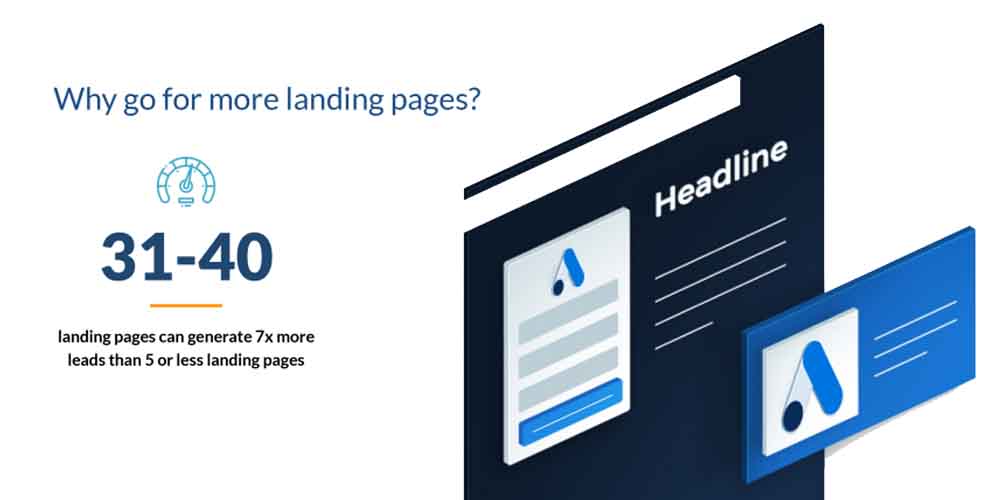
Have you ever encountered a frustrating situation where, after clicking on an ad, the information presented on the custom landing page doesn’t match what was promised in the advertisement?
What a mess! This practice is incredibly goofy and unprofessional and drives away potential customers.
Consequently, the concept of “PPC message match” is crucial to maintain unity during the purchase journey, especially when clients click on a particular ad they are interested in.
No matter whether potential leads land on your landing page after clicking ads on Facebook, Instagram, LinkedIn, Google Ads, or any other social media or search engine, matching is equally important.
Good practices for excellent PPC message matching are the following:
- The meta title and the description should include campaign keywords.
- The headline is related to a pitch from the ad.
- The visual within your PPC landing page correlates with the banners you used.
- The landing page and the PPC ads should have the same CTA.
- Focus on Benefits Instead of Features
Prospects that click ads while navigating through search engines or a web page look for a solution to a specific problem or acquire a product on sale. Please remember this when you create your PPC campaign and related landing page. More than focusing on relevant landing page elements, your ad copy and landing page should focus on relevant benefits to leads who finish the conversion process.
- Organize Your Landing Page to Drive Conversions
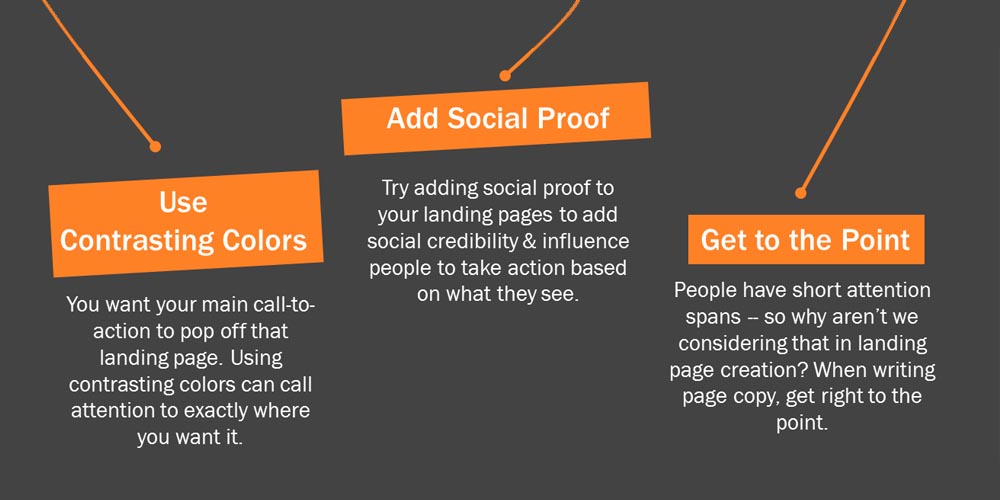
Two relevant aspects of your landing page are the organization and the graphic landing page design. Organizing information in a readable and structured way will allow visitors to correctly understand what your product offers and how it can solve the customer’s pain points.
Pay special attention to headers, offers, and CTAs. You should align all these aspects so people can immediately go from the title to the purchasing button. In other words, the path from clicking PPC ads to completing a conversion funnel should be intuitive and lead visitors down logically.
To optimize the performance of your landing page, it is advisable to adopt a single-column layout, which means having all the information centered within a single column. Embracing a minimalist approach and utilizing the essential elements will effectively provide data and boost conversions. Additionally, pay close attention to using colors and contrast to avoid creating a generic-looking page.
What’s more! The pages for your PPC campaigns should be unique and reflect the aesthetic of your complete paid advertising process.
- Include Social Proof and Trust Signals
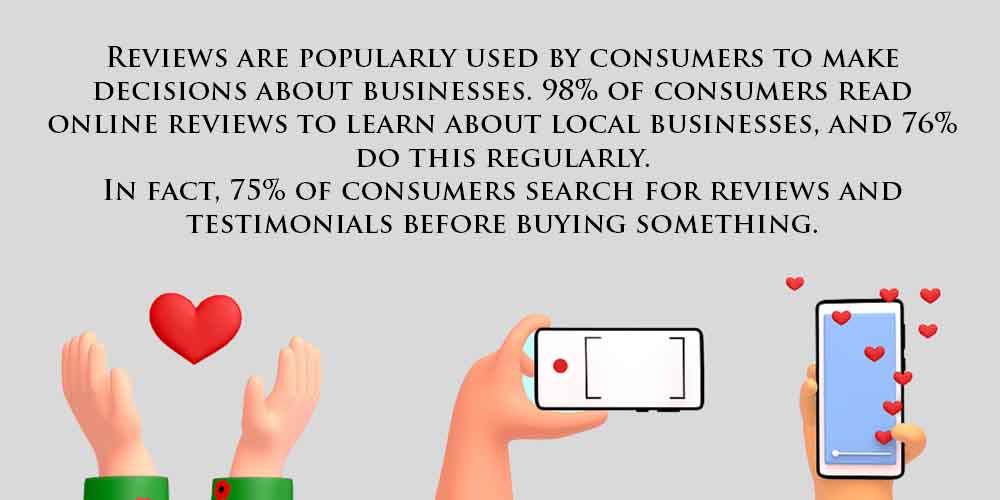
Customer trust in a product increases significantly when they read authentic, word-of-mouth reviews from other customers. Nowadays, visitors understand reviews, social media shares, and more as proof of quality.
When prospects arrive at the landing page navigating through your paid search strategy, they want to be sure that the product or service you offer fulfills all the benefits your ads promised. Including the following content pieces will help you boost your product’s credibility:
- Case studies;
- Social feedback/shares/likes/followers;
- Embedded social posts;
- Number of users/downloads;
- Online Reviews;
- Awards, certifications;
- Video testimonials;
- Positive mentions in publications.
You should also include some links to other pages or social media. This way, you allow landers to read previous customer experiences in social networks.
Inserting a good rating system also may be a good move for customers to quickly understand the value of your product and the opinion of former customers. We recommend you use the classical five-star rating system, together with customers’ comments. It will boost your pay-per-click landing page.
- Use the Proper Length for Matching Your Landing Page Goals
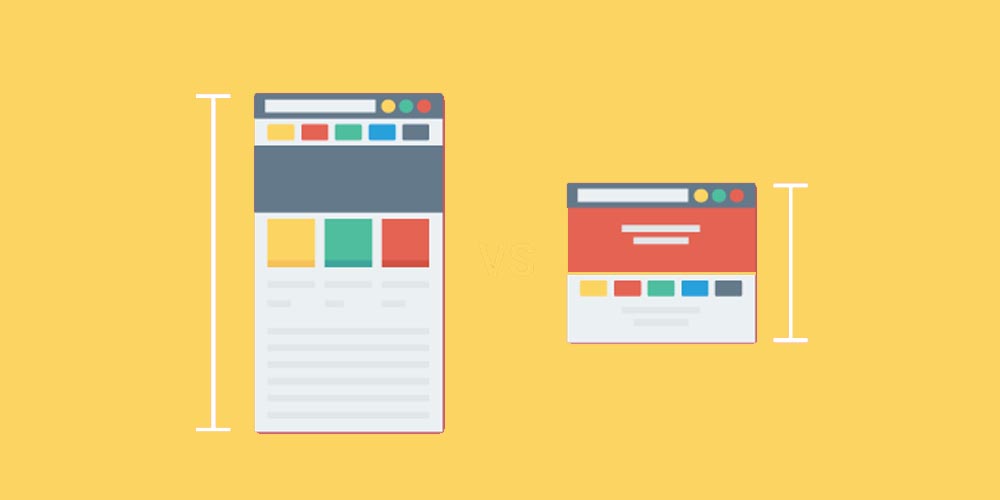
The copy you create for your landing page can be brief or long. Both perspectives are acceptable, and you should choose the proper one according to your PPC advertising main goals. Moreover, the length of your landing page affects the user experience and whether customers complete the conversion.
Short landing pages are good for the following:
- To create massive lead generation but less qualified;
- Perfect to increase brand awareness and low-commitment actions;
- Ideal for offering free products and resources.
Large landing pages are great for the following reasons:
- Produce fewer but better leads in quality;
- Ideal to describe specific products and their features rather than the brand’s characteristics;
- These bring bigger questions.
Remember that the length of your effective landing page should match its aesthetic and general design. Many businesses prefer a short approximation to the problem since short pages are easier to control and design for mobile devices, which leads us to the next point.
- Optimize Your Landing Page for Mobile
Most navigation across the Internet is done through smartphones, so your landing page should be mobile-friendly.
Imagine a random navigator meets your brand via a search ad when browsing Google. Once entering, the landing page is messy: images are not displayed properly, the navigator cannot read sentences entirely, the CTA button is nowhere, etcetera. In this scenario, not even a single visitor will complete the purchase ever!
So, optimizing your separate mobile landing page for better navigation and visualization precisely on these devices is mandatory! This action will not only provide a better UX; it even will improve the page speed and increase the number of conversions and leads.
Consider responsive design to ensure your landing pages appear properly on all devices, including smartphones, tablets, PCs, and more.
- Optimize Your Landing Page Speed
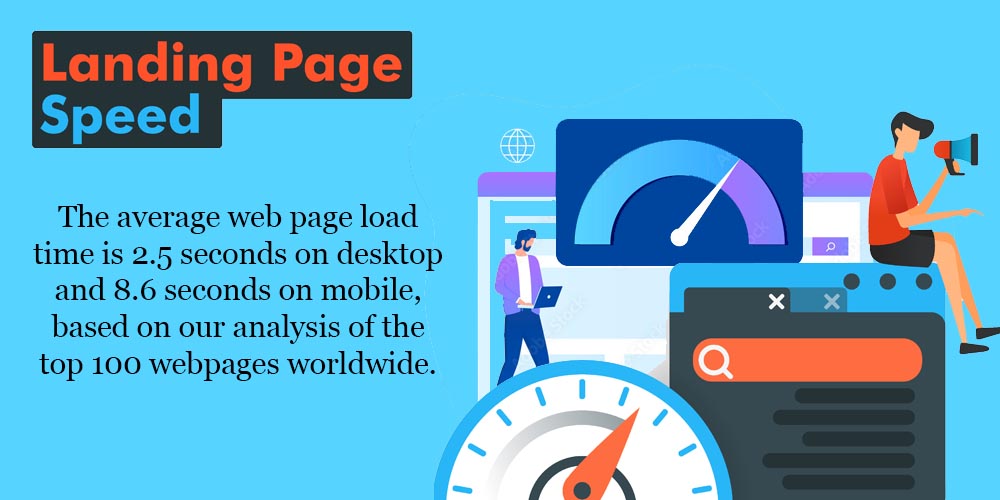
Visitors do not want to wait half a minute or more for particular service charges. This is the same for landing pages. Time is limited, and most people do not have all the time for your page to respond. Nothing frustrates the web user quite like a slow page load time. This is why you should put special efforts into optimizing the functionality of your page to improve the customer journey.
Remember that the best practice for page load is three seconds and below. With this in mind, optimize the loading page speed and the payment and purchase process.
When paying for paid traffic, you should leverage every penny and ensure visitors have the best experience.
- Keep It Simple and Focus on What Works
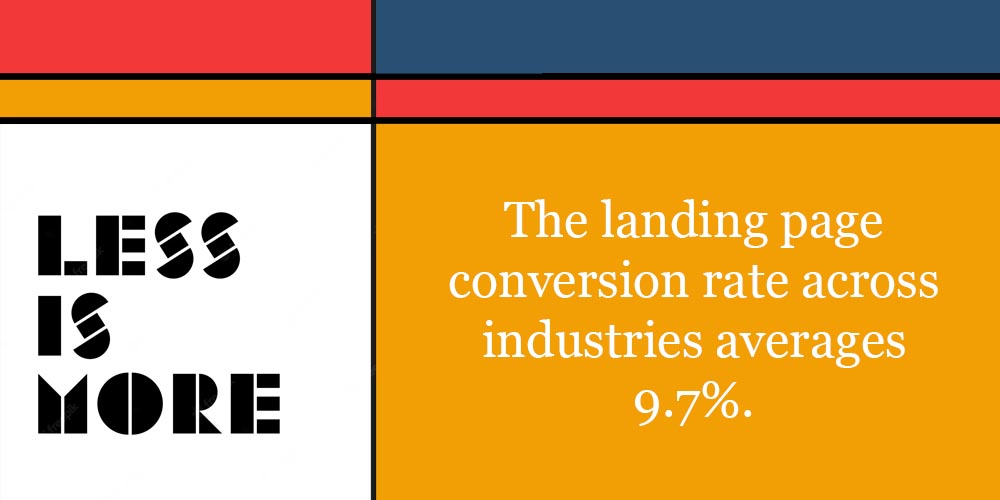
“Less is more,” said Mies van der Rohe. It is a maxim in the design and architectural world but can also be relocated into web design.
Among all the best practices mentioned in this blog post, keeping your landing page as simple as possible is something you can easily apply. First, remove aspects that can distract prospective visitors from completing the conversion.
Focus on relevant data and benefits. Remove distractions and turn off pop-ups and additional advertisements.
- Use KPIs to Plan and Improve Your Landing Page
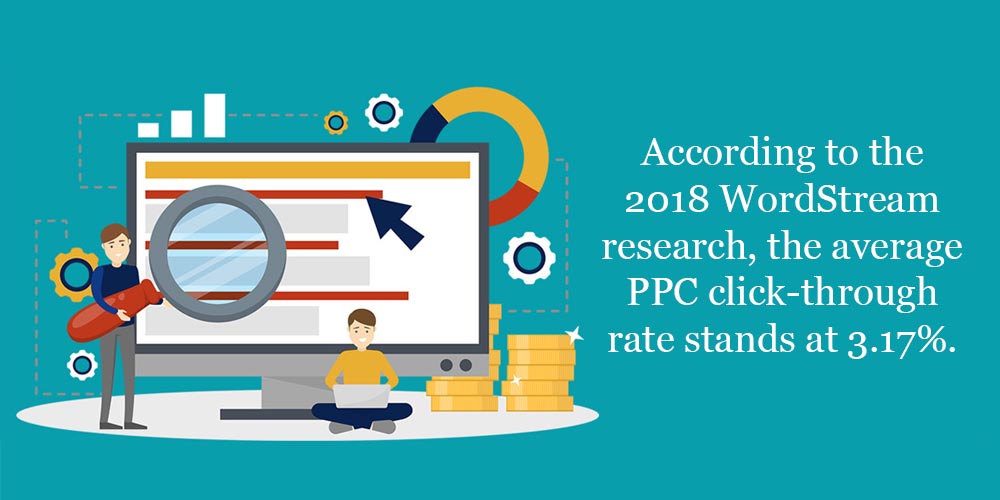
You should continuously measure the effectiveness of your landing page by studying metrics and analyzing whether your main goals are bearing fruits. This way, you should look at your new service offering and make changes if necessary.
One of the best platforms to do the aforementioned is Google Analytics. This platform is great for small businesses that need to improve ROI and cost-per-click and leverage any penny invested in paid search strategies. With Analytics, it’s possible to track any aspect of the visitor’s behavior. Other useful platforms are HubSpot and SEMRush.
Check the metrics of your landing page before, during, and after publishing your page and implementing your ads. Thanks to this, you can effectively know how many visitors that clicked the ad have completed the purchase process. You can also see your page’s visitors in the last two days or how many users subscribed to your newsletter or website.
- Create Highly-Specific Landing Pages
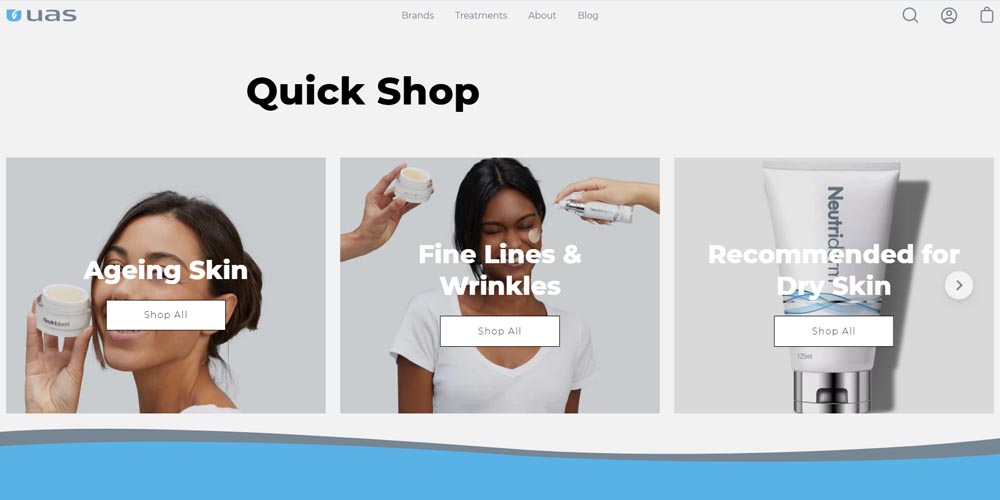
While checking the best PPC landing page examples online, such as Monday.com, Coursera, or UAS Pharma, you can see that these are not a mix of random products offered simultaneously. Excellent landing pages focus on relevance and highly specific products that aim to satisfy the client.
Remember this maxim: there is no vain space for random information within your landing page. Every page you create should be created for a specific purpose. Besides, the message you include in the PPC landing page should give just a single message and not ramble on for topics outside the main theme.
For this reason, the ad headline must fit the content on the landing page. Logic and correspondence ensure potential customers are being conducted by their chosen path. If you have a very hard-to-describe product, facilitate the description by using a brief paragraph and leading directly to the purchase.
- Don’t Make One Landing Page

Your brand likely has multiple products designed for different audiences and buyer personas. The correct way of targeting users is to create multiple landing pages for every product you offer. This way, you ensure the previous step and develop highly-specific landing pages.
Another good alternative is to design a large landing page with several sections containing the specific data, CTA, and purchasing button to acquire a particular product. Consequently, the entire page can be destined for general target customers, but each section can be directed to a specific potential customer.
In this sense, it’s necessary to separate products, remarking on the benefits of each one and facilitating the purchasing process. This way, it’s more likely that you convert visitors into leads.
- Create a Sense of Urgency
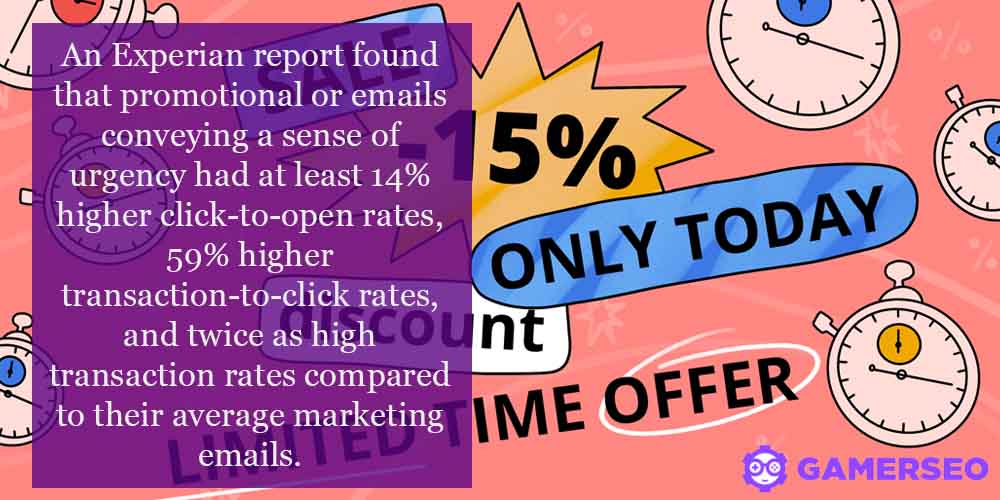
Today’s world is fast, and everyone is on the run. Offers always appear as we’re constantly bombarded with direct appeals and implied urgency. Besides, businesses usually take advantage of customers’ expectations when launching a new product or selling an old one and improve sales.
There are multiple ways of creating this “Sense of Urgency.” For example, limited-time words like “Today” or “Now” can lead to more conversions in a specific period. Moreover, words like those mentioned above also help to build a clear CTA copy.
You can also refer to limited-stock articles, bringing them more value. This strategy is also known as FOMO –Fear of Missing Out. If you make customers feel like they are in the presence of a unique offer that will never be repeated, you probably will increase conversions in the short term.
- Keep an Eye on Images, Videos, Graphs, and Other Relevant Visuals
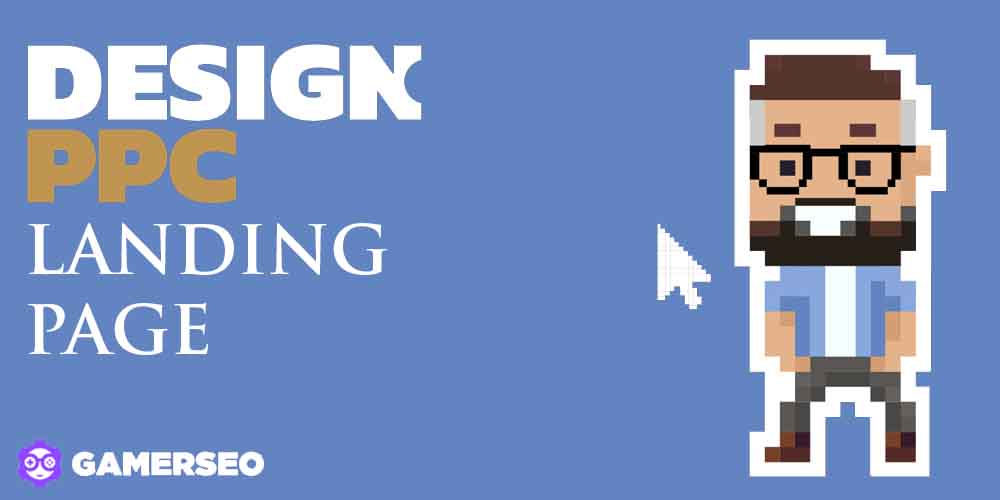
We discussed design in a previous section, but emphasizing the importance of outstanding visuals does not hurt anyone. Using professional images, photos, interesting videos, and clarified graphs can help you make visitors feel they’re in a place where they will find the expected solution.
- Work hand-to-hand with a Marketing Agency
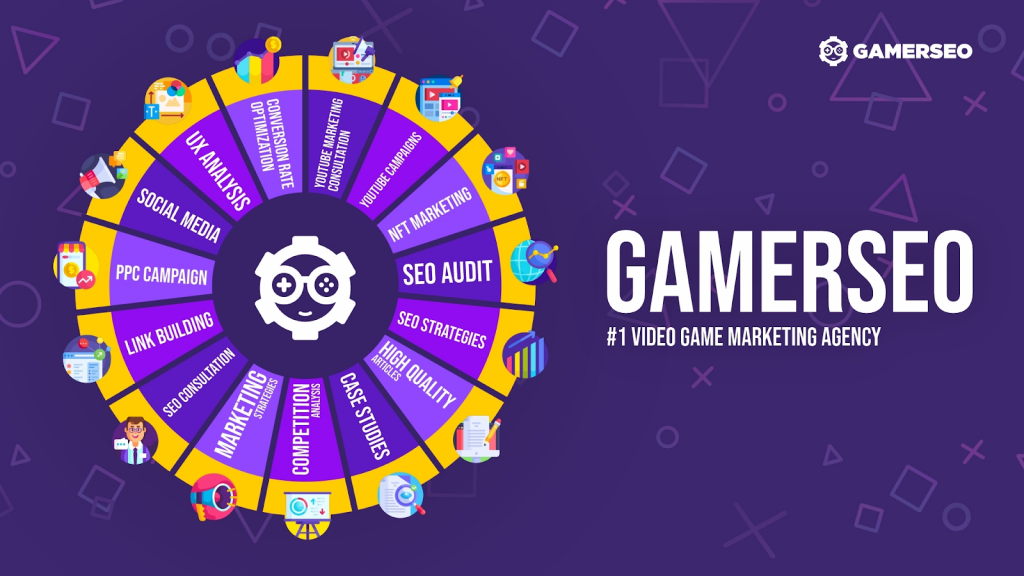
Crafting the copy for your PPC landing page is a formidable task that demands a masterful blend of design elements and persuasive writing. The goal is to evoke precise emotions and reactions in your readers, compelling them to take a specific action.
As emphasized earlier, when crafting your copy for the PPC landing page, it is crucial to highlight the benefits rather than merely listing features. Convey what customers stand to gain by acquiring your product.
However, achieving this doesn’t mean resorting to hasty writing. Instead, it requires a well-thought-out approach using carefully chosen words. By doing so, you will enhance organic traffic and create a seamless sense of fluency, making the content a pleasure to read across the entire page.
Undoubtedly, one of the recommended steps to create the best landing page content is to enlist the expertise of a reputable marketing agency equipped with a team of professional writers. These adept individuals have the know-how to guide you through content creation, from strategically incorporating specific keywords to determining the ideal content length.
By incorporating relevant links and visuals and crafting a compelling thank you page, PPC experts can optimize all the essential elements for maximum impact. With their assistance, you can confidently deliver a landing page that captivates your audience and achieves your desired objectives with precision and finesse.
In this context, GamerSEO is the marketing agency that will help you create the high-quality content you need to blow the minds of your visitors away and improve your conversion rates or increase brand awareness.
- Include a Call-to-Action and a Purchase Button
To make your landing page make sense, you shouldn’t include just one but two calls to action. Before mentioning your product’s benefits and the key elements, the first call to action should prepare customers for the final purchasing decision and encourage those who have already made a purchase decision.
Remember that potential customers on your landing page attempt to complete a possible purchase. Thus, do not be ashamed to emphasize the final step of the purchasing funnel.
A secondary call to action should help potential customers to make the final decision. It should be located after mentioning benefits and remarking that your product is a limited-time one.
Finally, consider including a purchase button that visitors can easily identify when navigating your page.
Closing Thoughts
That’s it for today! We understand that the information we’ve shared might feel overwhelming at first. But don’t worry; we’re here to help! If you are unsure about optimizing your PPC landing pages, our team of specialists is just a message away.
At GamerSEO, we take great pride in treating your brand as our own. With our dedicated support, we’ll guide you in building the perfect landing page to ensure a smooth conversion path. Let us handle the complexities while you focus on your business. Witness your conversion rate and brand popularity soar with our expert assistance.
Remember, you don’t have to go through this alone. Contact our specialists, and we’ll gladly lend you a helping hand in optimizing your PPC landing pages. Together, we’ll pave the way to your online success.

A PPC specialist who started with organic social media. For several years, the core of his activities are:- Google Ads, Microsoft Ads, Meta Ads, TikTok Ads, Twitter Ads, Linkedin Ads. He has led campaigns with a global reach, e.g. for FootballTeam, G2A, ETOTO, as well as many smaller campaigns in the sports, construction and financial industries. Has full focus on ROAS. Privately, a fan of football, history of wars and Star Wars.

